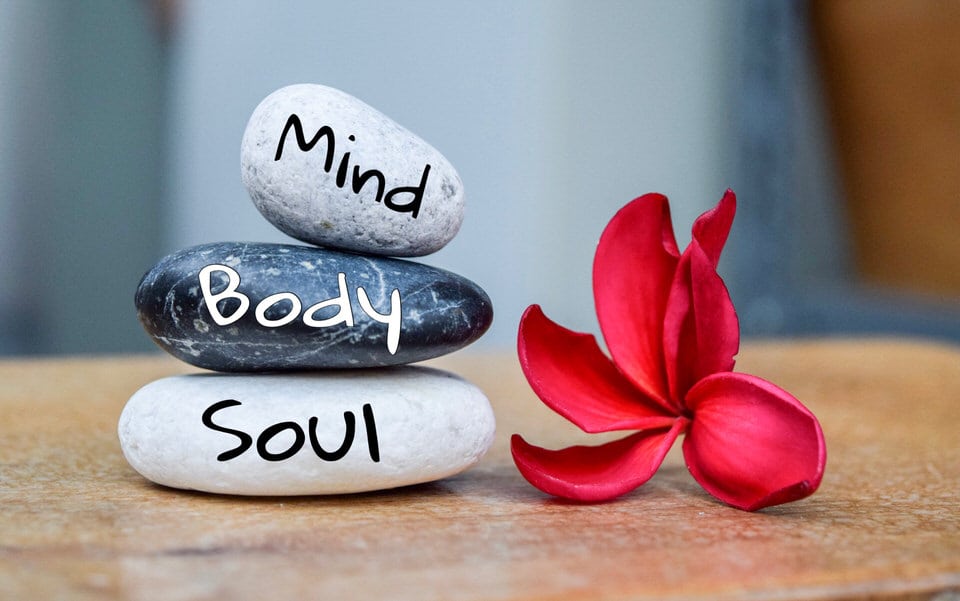Is it possible to just ‘fake it’ and act like you are applying the Law of Attraction? What do you…
Read More

Is it possible to just ‘fake it’ and act like you are applying the Law of Attraction? What do you…
Read More
In this article, we’ll be taking a look at the most basic aspects of Design Psychology, first asking a question,…
Read More
The 6 statuses (stages) that emerge in sequence and reflect abandonment of racism, according to the White Racial Identity Development…
Read More
Have you ever thought about what causes a guy to fall in love? Do you wonder why guys never fall…
Read More
On what it means to really “like” something and the types of “likes” or liking. So, you log in to…
Read More
Michael Jackson’s death is a reminder of the vitality of America’s (and the world’s) cult of celebrity. The intensity of…
Read More
With a loved one who is clinically ill or a volunteer at a children’s hospital, the feelings may become overwhelming.…
Read More
It seems everyone you meet these days is a self-proclaimed psychologist. From radio talk shows, television interviews, romance novels, weekly…
Read More
When painting your home for resale, choosing the right colors can make a huge difference in your paycheck at closing.…
Read More
The movie Fight Club was one of those unique films that help define a generation. The movie was preceded by…
Read More